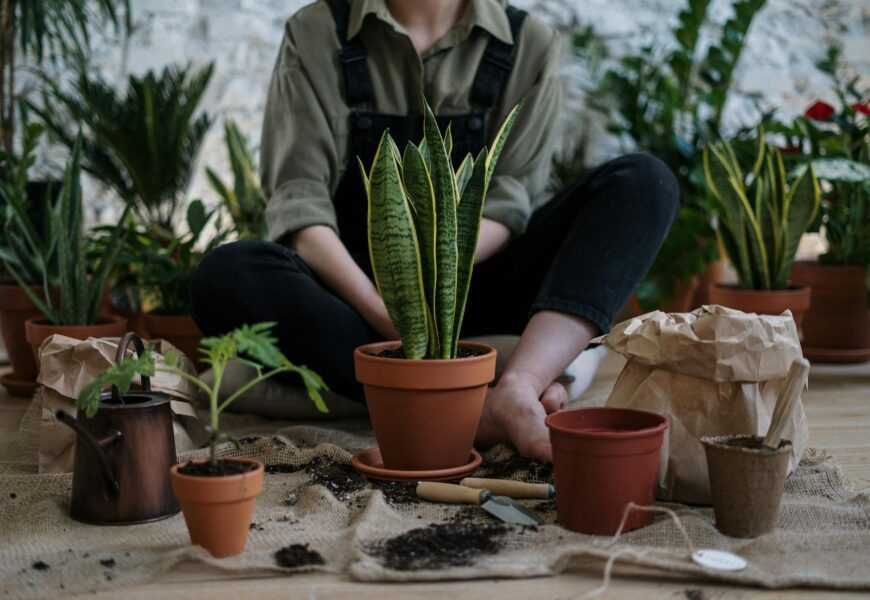Is your once-vibrant indoor garden looking a bit down? Don’t worry, most indoor plant problems have simple solutions!
This essential guide unveils the 10 key factors that influence plant growth.
By understanding these factors, you can become a plant problem-solving detective!
We’ll break down each factor, from temperature and light to water quality and even CO2. Learn to identify signs of stress and pinpoint the culprit behind your plant’s struggles.
This knowledge empowers you to take corrective action and transform your struggling indoor oasis into a thriving paradise once again!
Growth Factor Detectives
Imagine each aspect of plant growth as a factor influencing its success. Understanding these factors empowers you to identify and address issues before they become serious.
The 10 Key Growth Factors:
1. Time
While uncontrollable, time interacts with other factors. The longer a factor is outside the ideal range, the greater the potential damage.
2. Temperature
Most indoor plants thrive between 70-75°F (21-24°C). Research specific needs of each plant variety.
3. Humidity
Aim for 50% humidity, with a 10% margin for error. Some plants, like orchids, prefer higher levels.
4. Water Quality
Start with water containing less than 150 parts per million (ppm) of carbonates and sodium. If tap water doesn’t meet this standard, consider a reverse osmosis filter or distilled water.
5. Light
Fruiting and flowering plants typically require strong light (50-80 watts/sq. ft.). For vegetative growth, 25-40 watts/sq. ft. suffices. Some plants have lower light needs. Remember, stronger light often means more plant food is required.
This new article explores the fascinating relationship between light and pants, shedding light on the impact of different types of light on various types of pants fabric.
6. Nutrition
This is the most complex factor. Plants need primary, secondary, micro-nutrients, hormones, enzymes, and more. Needs vary by plant stage (seedling, vegetative, flowering).
7. pH
Most flowering and fruiting plants prefer a slightly alkaline (“sweet”) soil (pH 6.2-6.5). This benefits beneficial soil microbes crucial for plant health. For optimal plant health, consider testing the soil’s pH using a soil pH meter. Ideal pH levels vary depending on the plant species, but a meter can help you determine if the soil’s acidity or alkalinity needs to be adjusted.
8. Oxygen (O2)
Plant roots need oxygen for nutrient uptake. Overwatering can prevent this, hence the use of air bubblers in hydroponic systems.
9. Carbon Dioxide (CO2)
CO2 is essential for plant growth, similar to how oxygen is for humans. Supplementing CO2 can significantly boost yields (with other factors optimized).
10. Pests
These include insects like mites and thrips, as well as disease-causing microbes. Regular inspection is key to catching problems early.
Troubleshooting Your Indoor Oasis:
By systematically checking these factors against your garden conditions, you can pinpoint the source of most problems. Armed with this knowledge, you can take corrective action and get your indoor garden flourishing once again!







